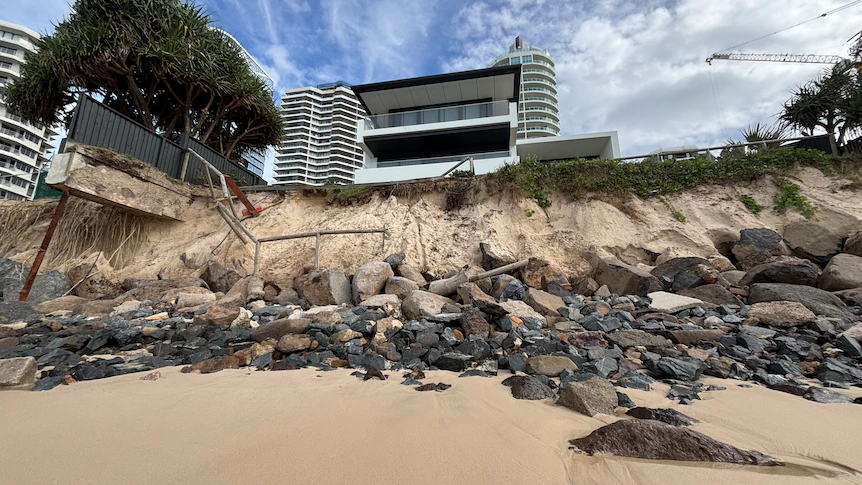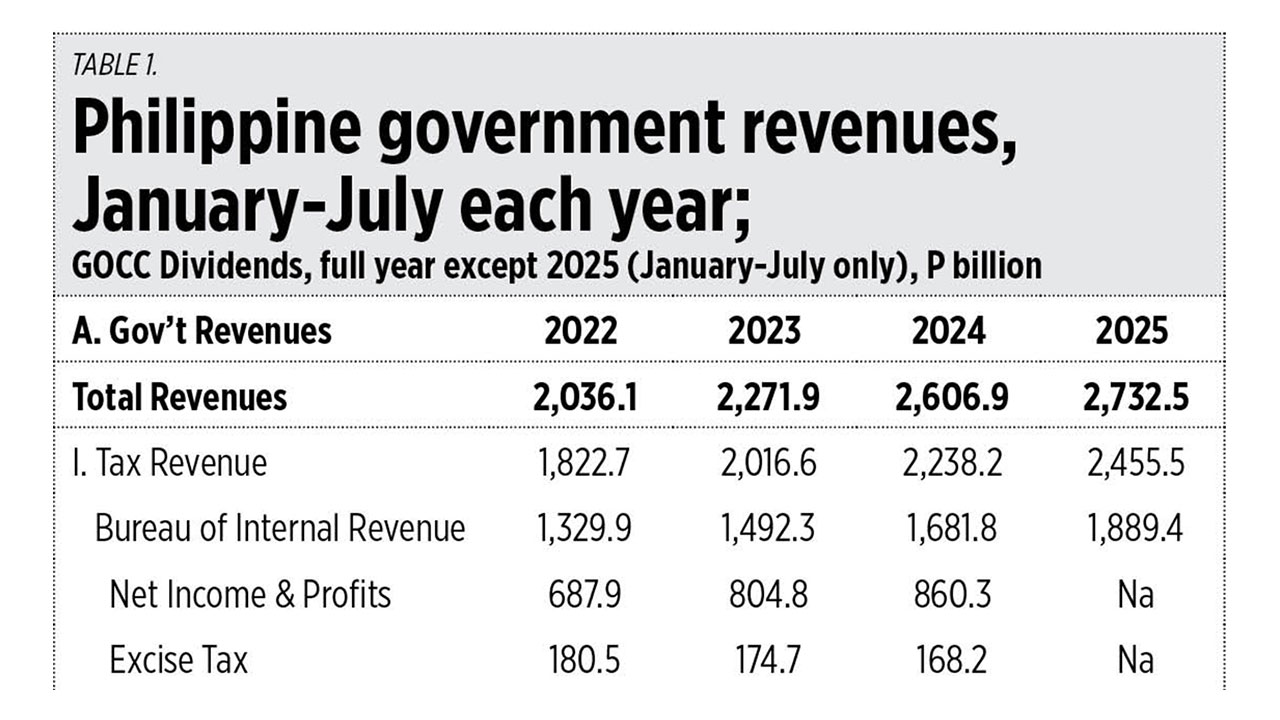By ABC News
Copyright abc

When the rain from ex-Tropical Cyclone Jasper started falling in Cairns in December 2023, Dan Vowles remembers how “all hell broke loose”.
Roughly a foot of water came through his home in the coastal suburb of Machans Beach as the storm swept through, causing “complete carnage”.
More than 800 homes across Far North Queensland suffered at least moderate damage from Jasper — the type of event that a new report is predicting could happen more often, unless climate change is addressed.
Up to 185,000 residential buildings in Queensland could be in “very high-risk areas” depending on how much warming occurs, according to the national climate risk assessment, released yesterday.
The report warned communities in Australia’s north and coastal areas would be particularly vulnerable to the effect of rising sea levels and increasingly frequent severe weather events.
It said there would be 178,000 residential buildings in “very high-risk areas” in Queensland under 1.5 degrees Celcius of warming, 181,000 at 2C of warming, and 185,000 at 3C of warming.
High-risk is considered exposure to floods, bushfires, tropical cyclones and heatwaves.
The report identified Queensland’s northern and southern regions as ones which “stand out” for their high percentages of small businesses located in “very high-risk areas”.
At Machans Beach, Mr Vowles and his wife are among many still rebuilding almost two years on from Jasper.
The couple took a payout from their insurance company rather than waiting for repairs, knocked down their family home, and are using the money to build a higher house in the same spot.
Not everyone has made the decision to “go up” like Mr Vowles, who said the storm has left many in the suburb “traumatised”.
Flood days predicted to increase
The report has also warned heatwaves would be more extensive, last longer, and be more severe — all of which is predicted to put pressure on health services.
At 3C of warming, it said heat-related mortality would increase by 335 per cent in Townsville.
Elsewhere, by 2050, the regional Queensland areas of Isaac, Whitsunday and the Fraser Coast are projected to “face heightened vulnerabilities”.
It said Livingstone and the Fraser Coast could face “severe consequences” by 2090.
The report highlighted the economic resilience of communities is likely to be at higher risk under climate change, leading to “significant productivity losses”.
“For example, the Cassowary Coast, a major banana producer in Queensland, faces increased physical and socio-economic impacts from future extreme events such as (historical) Tropical Cyclones Larry (2006) and Yasi (2011),” the report said.
The report said the impacts of rising sea levels, combined with other hazards including coastal erosion and flooding, would be “likely to compromise community infrastructure and drinking water supplies”.
“Risk will accelerate in high-growth regions of coastal Queensland, South Australia and NSW”, the report said.
Meanwhile, parts of the Torres Strait Islands, and low-lying areas of north and south Queensland are among the areas expected to have the “greatest increase in exposure” to rising sea levels at 2C of warming.
“If global sea level rise reaches 0.94 m, Australian coastal locations are projected to experience a median increase of around 257 flood days (around nine months), of at least minor coastal flood days per year,” the report said.
“Currently, they experience around 15 days per year.”
Some areas to ‘become uninsurable’
James Cook University adjunct professor of geosciences Jonathan Nott said the predicted sea level rise would severely impact disaster-prone coastal communities in the state’s north, whether by “straight-out” inundation from tides or otherwise.
“[There] will, of course, be higher storm surges or storm tides when there is a cyclone and increased beach erosion,” he said.
“It’s going to cost us all a lot more money, that’s the upshot of it — not just those that are immediately impacted, but the whole community will have to pay for this.”
Professor Nott said more also needed to be done to prepare northern agricultural communities for the economic and social impacts of more severe floods and drought.
“We know that when crops are lost several times in a decade due to tropical cyclones and other disasters, that the mental health of many farmers and many in the community suffers,” he said.
“If we’re going to get an increased frequency of extreme events, it will have a huge impact on people’s mental health in rural and regional communities.”
‘Retreat is going to be the only answer’
On one metric, the report found the regions of Mackay and Gladstone were among the most at risk.
That’s a daunting prospect for Rose Christensen, who has lived in McEwens beach, south of Mackay, for 40 years.
The coastal hamlet, inhabited by roughly 100 people, is the kind of place where the ocean is quite literally on some residents’ doorsteps.
Erosion is already such a threat to the town that a group of locals chipped in to pay for a rock wall to fight the sea’s gradual advances.
Ms Christensen said the pace of the erosion had sped up in recent years, but she remains optimistic about efforts to slow the ocean’s encroachment into the low-lying village.
“There’s a lot of retired people here, who are living here full time, and, to keep a community vibrant, I think it’s important to listen to what they want,” she said.
But Mackay Mayor Greg Williamson said while it’s worth fighting the rising sea for now, it’s a battle the community will eventually lose.



